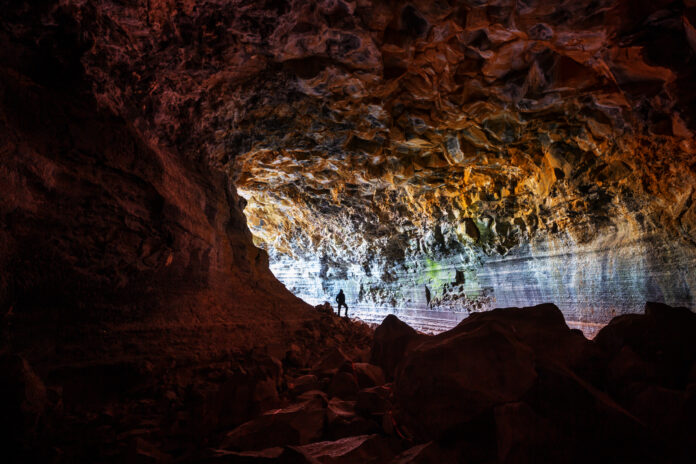
In the vast expanse of Indonesia lies a concealed region often referred to as the ‘lost world.’ Unveiling this mystery, scientists assert that Sumba hosts a rich history of diverse creatures, many of which succumbed to extinction thousands of years ago.
The array of extinct creatures discovered on Sumba, called “lost world”, including pygmy elephants, rats, giant lizards, and even the iconic Komodo dragon, has been detailed in a recent journal publication titled ‘Proceedings of the Royal Society B.’
The report draws on the unearthing of fossils, providing a glimpse into a bygone era when these creatures roamed Sumba approximately 12,000 years ago, as reported by Mongabay on Saturday (February 3, 2024).
The findings carry weight, hinting that these rare creatures had their origins in the Sumba region. This supposition gains strength with the unearthing of Komodo dragon fossils, a species now exclusive to Komodo Island and Flores. It sparks intrigue, suggesting that these presently rare animals might trace their roots back to Sumba.
A comprehensive exploration aimed at studying these extinct animals unfolded between 2011 and 2014. The research team, hailing from the Zoological Society of London (ZSL), meticulously collected fossils from Sumba. This island stands as a part of the archipelago historically known as ‘Wallacea.’ The nomenclature pays homage to Alfred Russel Wallace, a biologist who, in the 19th century, delineated the region based on the distribution of animal species in Indonesia.
Wallacea encompasses a diverse array of islands, including Sumba, Sulawesi, Lombok, Flores, Halmahera, Buru, and Seram. Wallacea garnered attention in 2004 when an archaeological team unveiled fossils of extinct beings termed ‘hobbits’ or Homo Floresiensis, discovered in Flores, just north of Sumba.
Despite the richness of Sumba’s historical narrative, research focused on this region remains relatively scarce. Limited surveys pertaining to fossils and wildlife have been conducted, leaving much of the island’s story untold.
Samuel Turvey, a research member at ZSL, sheds light on the scarcity of biological or paleontological focus on diverse regions within Indonesia. He notes, “Perhaps because there are too many islands in Indonesia to study. There are still few biologists or paleontologists who focus on the diverse regions in Indonesia.”
The scientific community anticipates that future research endeavors on Sumba will provide valuable insights into the evolutionary journey of species within this unique and isolated ecosystem.
“The discoveries in this area could unravel fascinating insights into the lost world. Many animals evolved in the isolated Wallacean islands but later faced extinction with the emergence of modern human civilization,” explains Turvey.






















